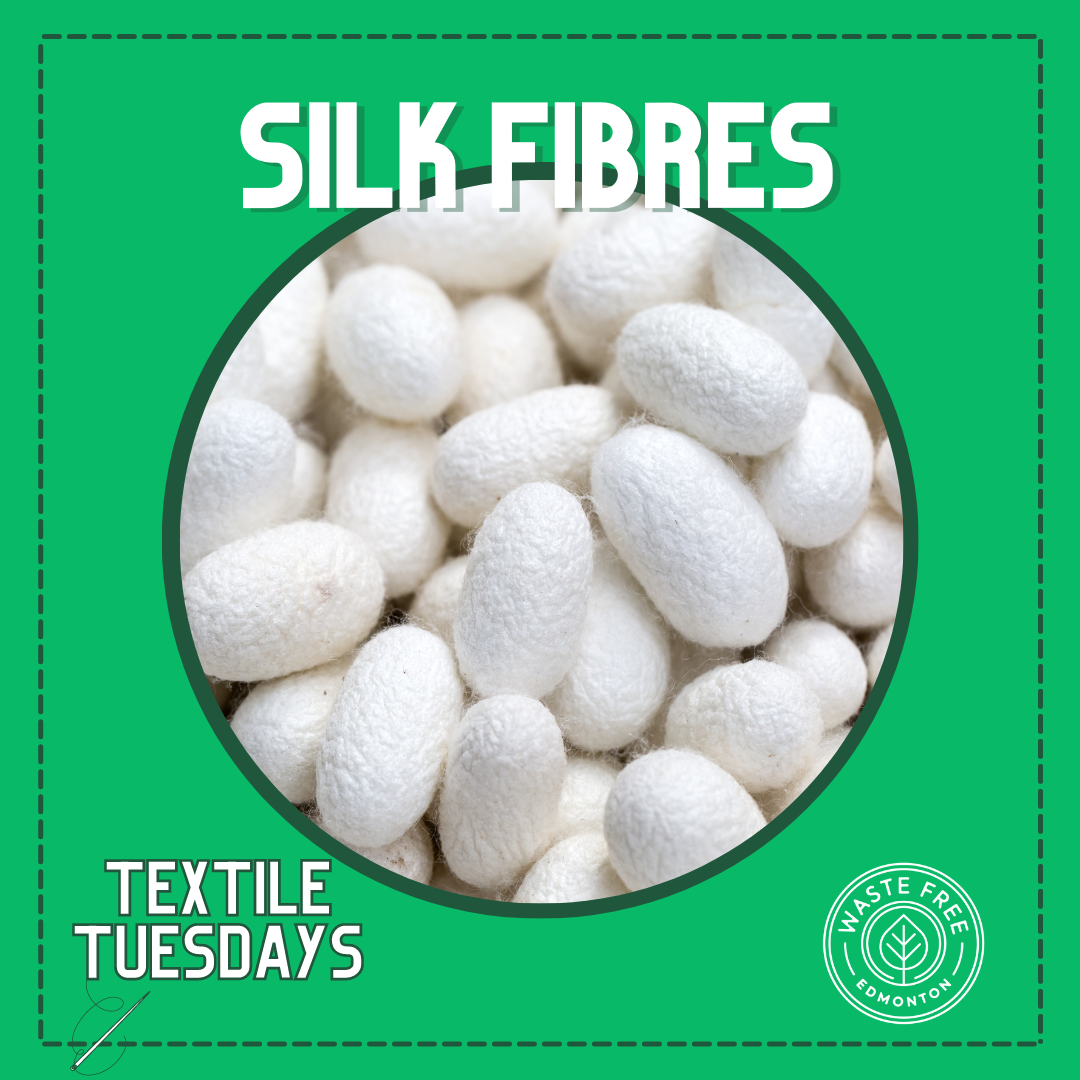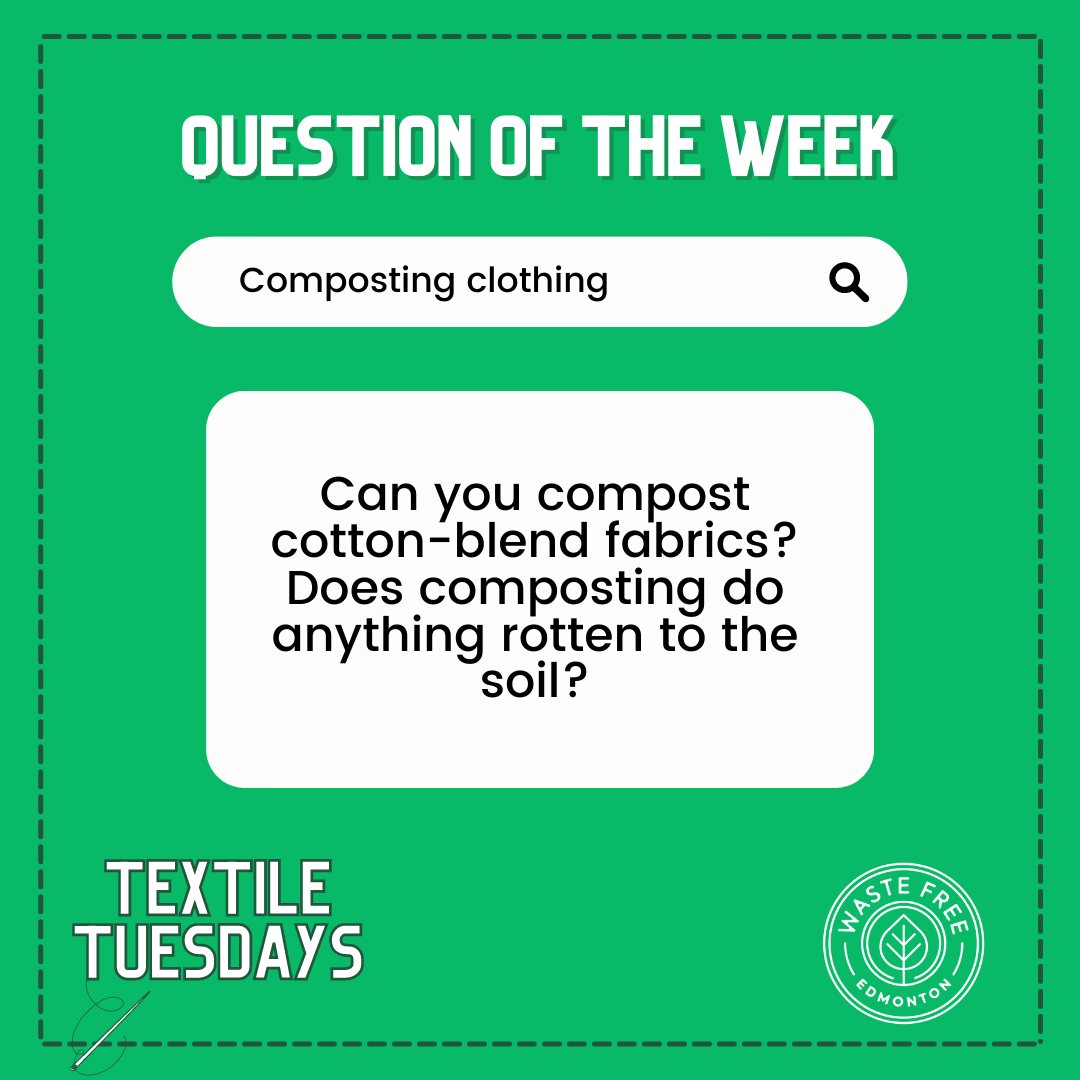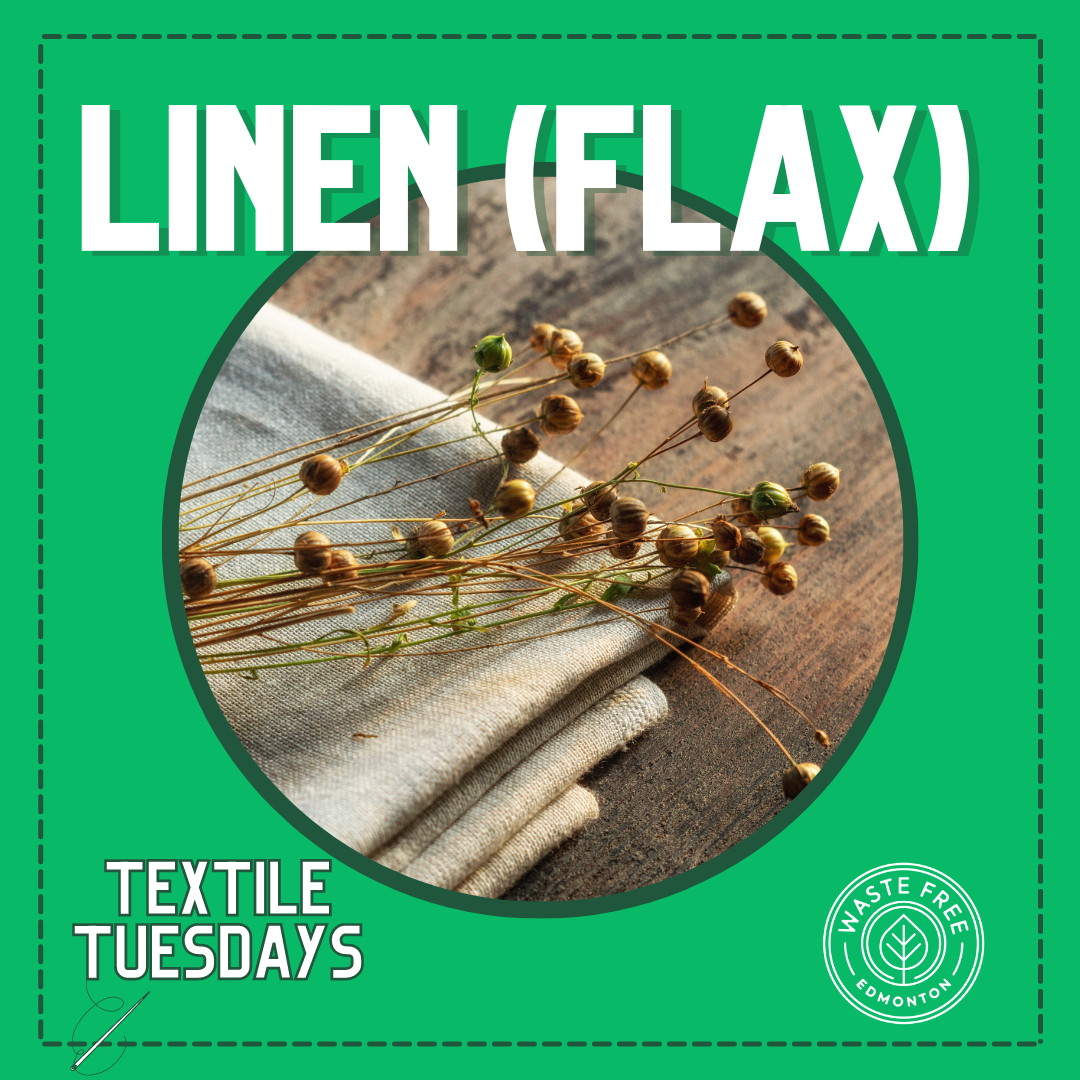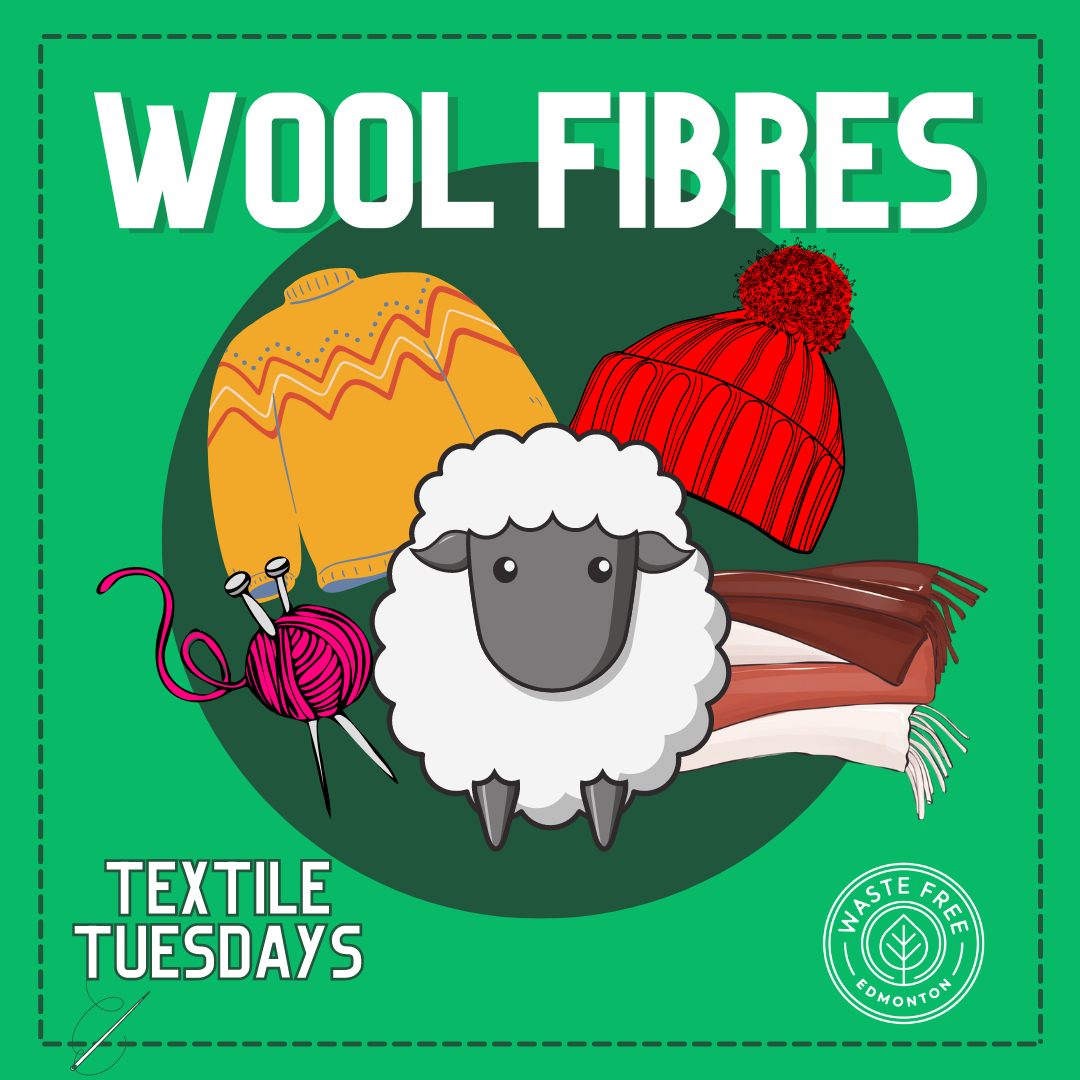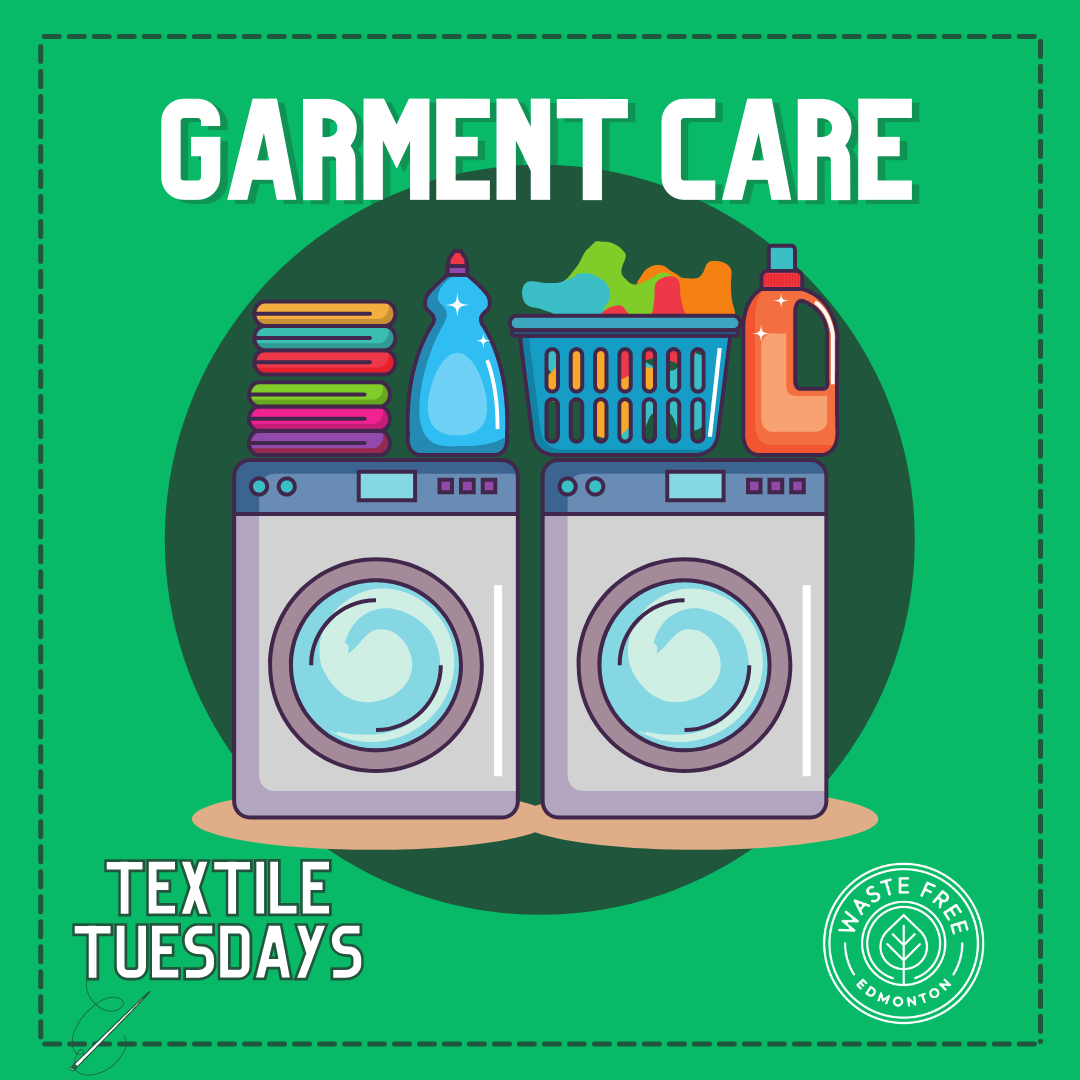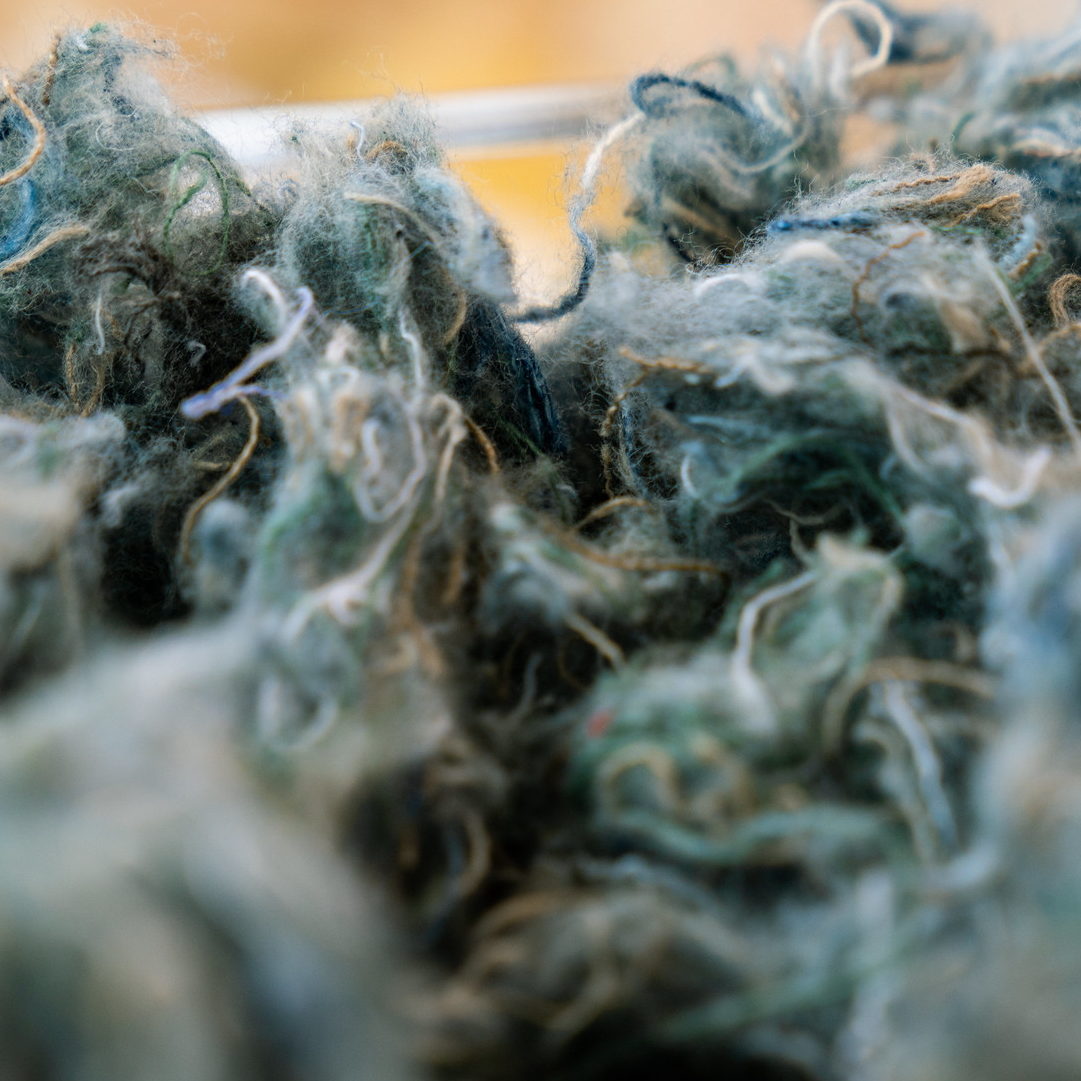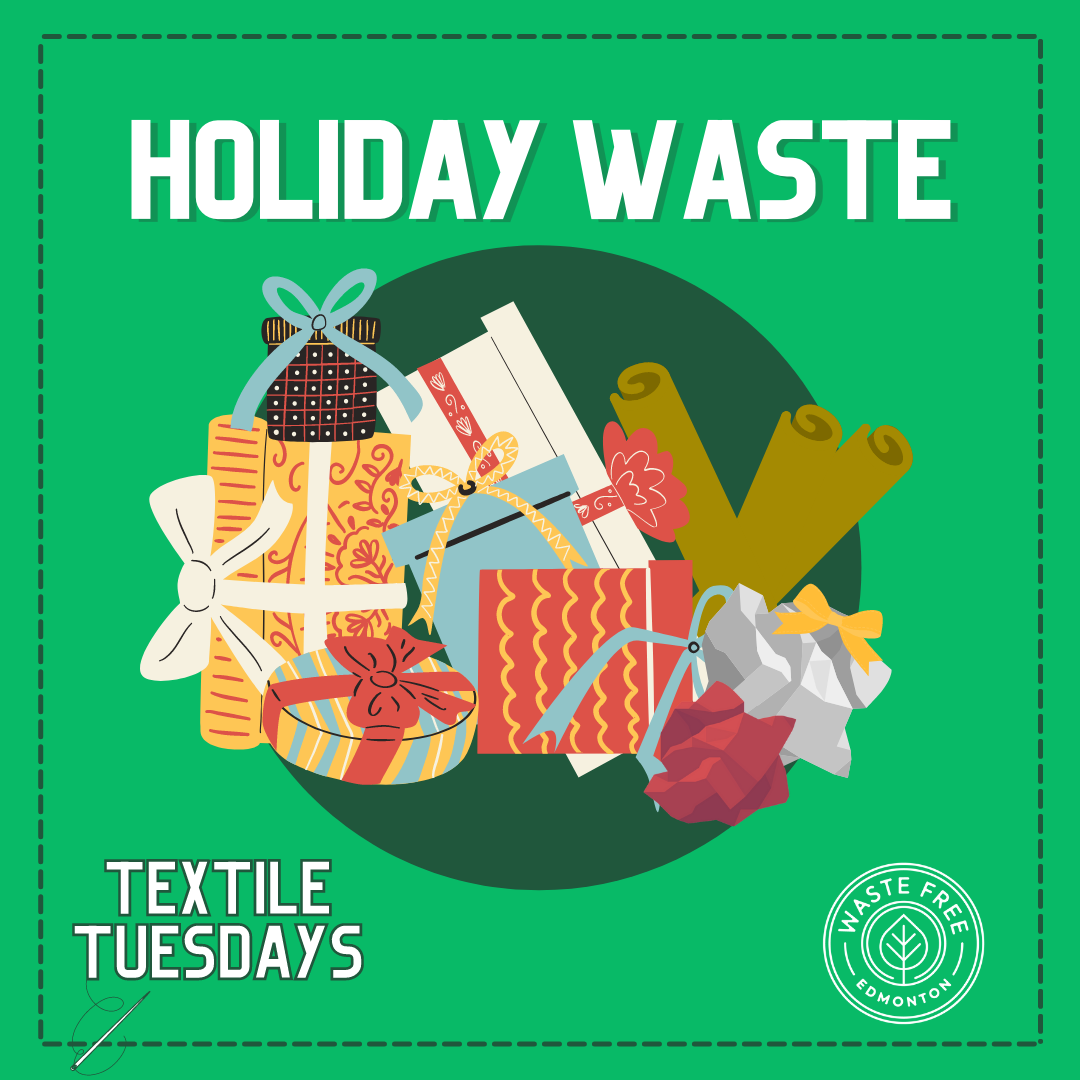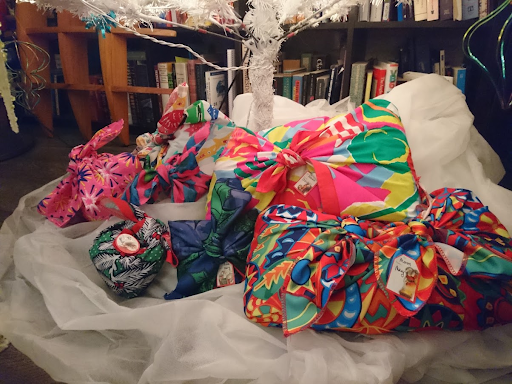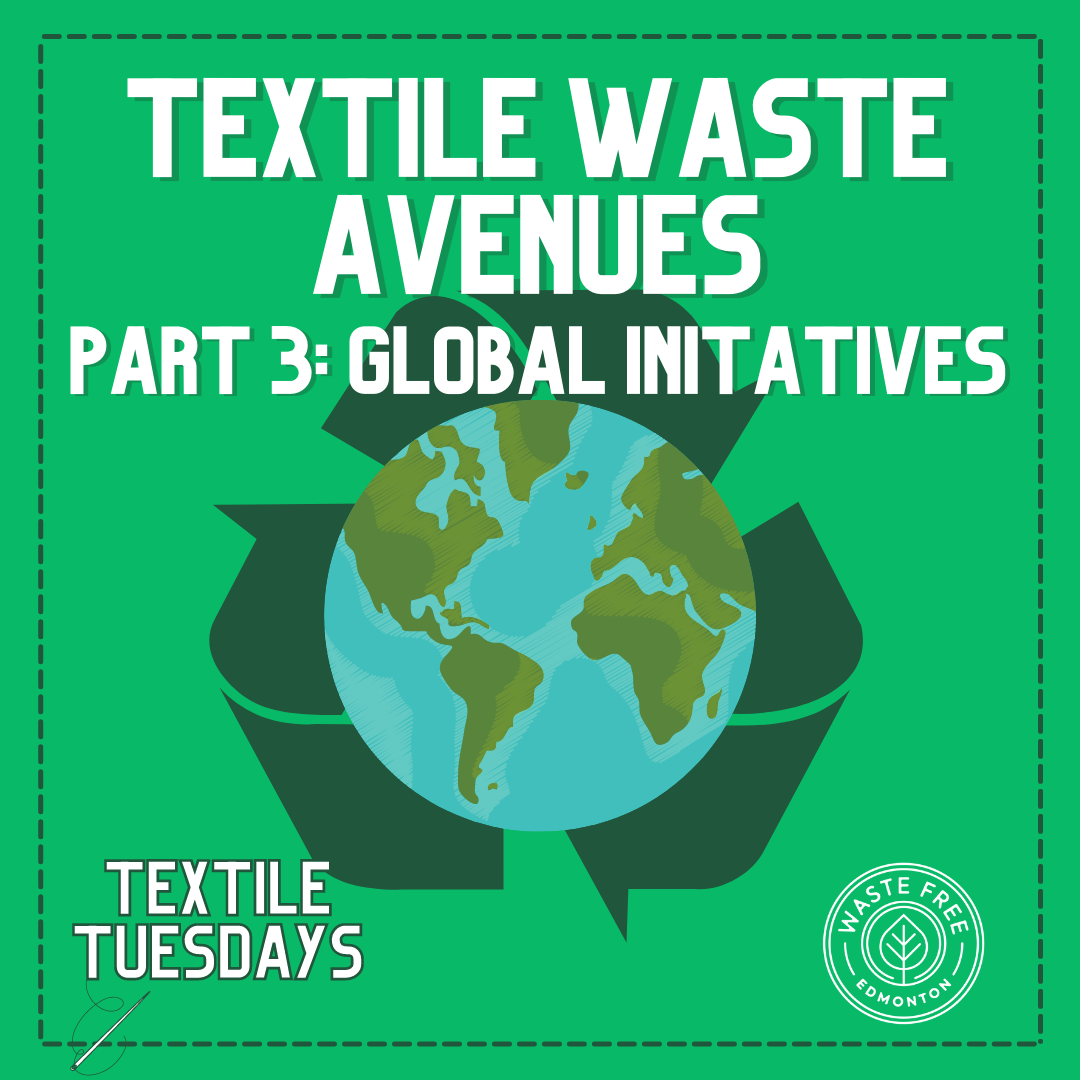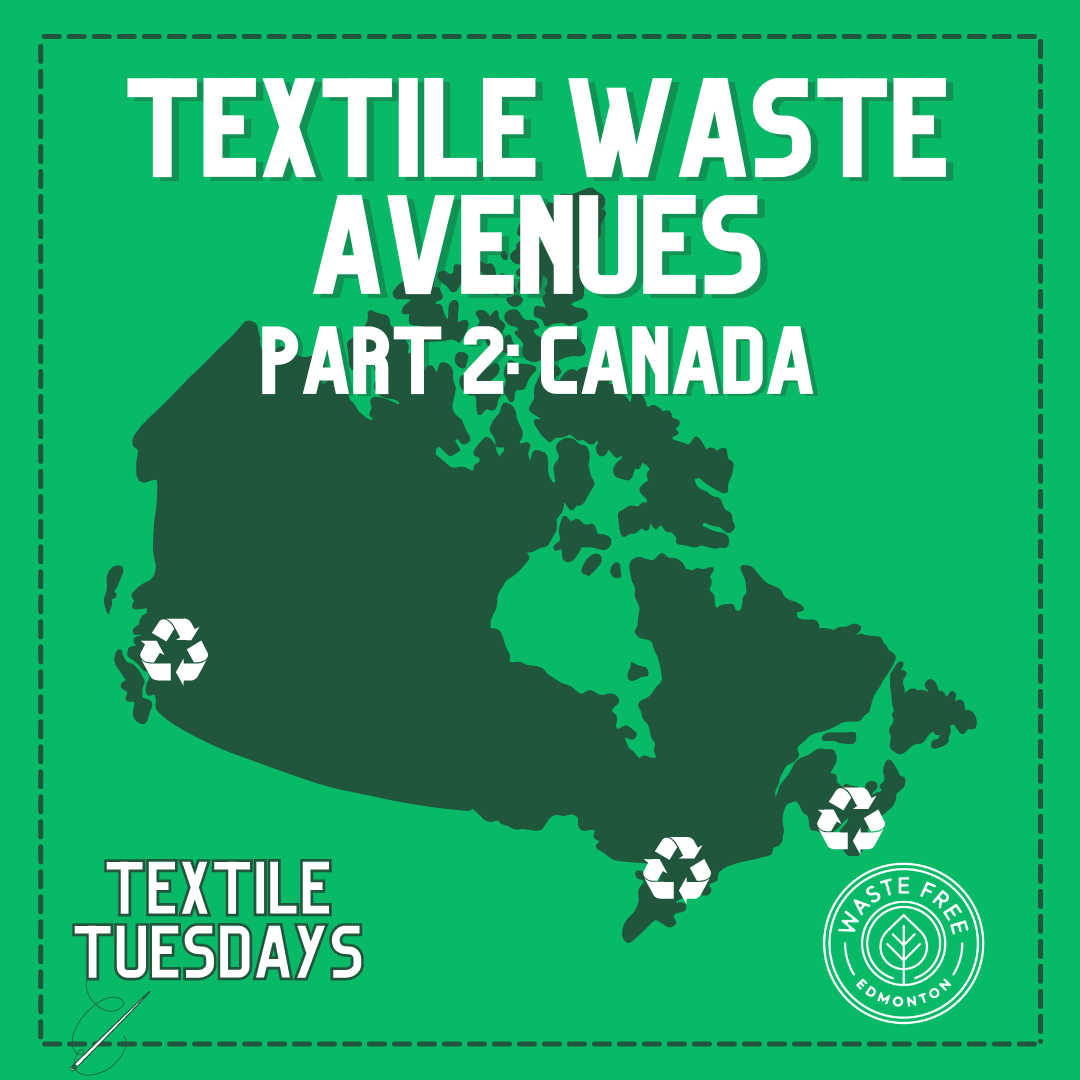Now that we’ve covered the main natural fibre types, it’s time to get into manufactured fibres. Regenerated cellulosic fibres (aka manmade cellulosics or MMCFs) are a bit of a hybrid between natural and synthetic fibres, where they are manufactured from naturally occurring polymers. Viscose rayon, the first MMCF, was invented in the late 1800s and was initially branded as synthetic silk – in fact these days some sellers still brand it as “vegan silk”, which it really bears no resemblance to beyond the very superficial.
In Canada, “rayon” is a bit of an umbrella term that encompasses most MMCFs [1], but most people are referring to viscose when talking about rayon. MMCFs account for ~5-6% of the global fibre market [2,3] and include viscose, acetate, lyocell, modal, and cupro. Viscose is by far the most popular of these fibres, representing 80% of this volume.
MMCFs are primarily produced from wood pulp, where the pulp is dissolved, sometimes modified, and regenerated into cellulose again; the different names for these fibres come from the different processing conditions and chemicals used for each [3,4].
Pros:
- Feels soft next to skin, with a nice drape
- Dyes very easily
- Generally lower cost
Cons:
- Weak fibres, and weaker when wet
- Vulnerable to fuzzing, or fibrillation (see photo)
- Popular subjects for greenwashing (spoiler alert: bamboo!)
MMCFs are primarily made from wood pulp, with less than 1% currently being made from recycled or alternative feedstocks [5]. One concern is the sourcing materials from old growth or endangered forests. To address this, more manufacturers are using Forest Stewardship International and/or PEFC-certified fibres, around 55-60% of them as of 2020 [5]. The global nonprofit Canopy Planet also conduct their CanopyStyle audits of major MMCF manufacturers as a third party verification process for apparel brands and retailers to ensure the products they sell have been made from responsibly sourced raw materials [6]. As of 2020, it is now possible for brands to have FSC labels on their certified products, so keep an eye out for those!
On the responsible chemistry and manufacturing side of things, Blue Sign Technologies and ZDHC have created guidelines for MMCFs production, including requirements for wastewater and air emissions testing. Carbon disulphide, which is used in viscose and modal production as a solvent, is toxic and can cause serious health problems [7]. Since it is currently required for the production of these fibres, ZDHC haven’t added it to their restricted substances list, but have instead recommended more guidelines surrounding its responsible use, recovery, and eventual disposal [8].
Viscose is becoming increasingly common and many people still love to wear it. As always, buying used clothing is best but when you have to buy something new, keep an eye out for a more responsibly-produced viscose such as EcoVero or similar, as well as any information from the organizations mentioned above.
Textiles labeled as “bamboo” is a greenwashing tactic we still see EVERYWHERE, even though government organizations such as the Federal Trade Commission (FTC) and Canadian Competition Bureau are actively working to keep it from happening [9,10].
Bamboo is a bast (stem) fibre. If collected from the plant as linen is, bamboo fabric would feel rough, like burlap. The vast majority of the products labelled as “bamboo” on the market right now are actually viscose rayon made *from* bamboo. The same viscose that uses carbon disulphide in its production, as we discussed in our last MMCF post. The use of bamboo as a source material leads many retailers to make unsubstantiated claims about the performance of the fabric, based on the (alleged) natural properties of bamboo, such as antibacterial action [11]. Bamboo viscose really bears no resemblance to the original fibre aside from being made of cellulose, and so any claims about its natural properties are greenwashing.
Another popular marketing tactic for bamboo-derived products, not just textiles, is about how sustainable it is because it grows so quickly. Like any crop, bamboo can be grown sustainably or unsustainably. Due to its popularity, there are some areas where natural forests are being cleared to make way for bamboo plantations, which is ecologically inappropriate [12]. Canopy Planet describes bamboo as a “middle of the road” MMCF feedstock, with flax and recycled pulp being less impactful. They say that bamboo can be a strong alternative to viscose or paper made from Ancient and Endangered Forests, as long as their seven criteria are met. See the link below [12] to read about those seven criteria.
Recycling is a relatively new area for MMCFs and a lot of R&D is still happening right now. Recycled MMCFs currently make up approx. 0.4% of all MMCFs used in 2020 [13]. Canopy Planet estimates that by recycling just 25% each of all pre/post-consumer cotton and MMCF waste, those sources could replace all use of virgin wood pulp [14].
In 2020, Fashion For Good launched their “Full Circle Textiles Project: Scaling Innovations in Cellulosic Recycling” in partnership with leading MMCF recycling companies to investigate scaling up their technologies [15]. These companies are Evrnu, Infinited Fiber, Phoenxt, Renewcell, and Circ.
The feedstocks used for these MMCFs can include used textiles, old newspapers, cotton linter (a byproduct of cotton processing), and other cellulosic (plant-derived) materials. One study from 2016 showed that the resulting material has comparable mechanical properties to standard lyocell fibres, which is encouraging [16].
One challenge here, as in all textile recycling processes, is how to deal with blends. So many fabrics, including MMCFs, are blended materials which makes separation difficult. We’re looking forward to seeing the results of the cellulosic recycling scale-up project to see how these companies deal with that particular challenge!
References:
- https://www.competitionbureau.gc.ca/eic/site/cb-bc.nsf/eng/01249.html
- https://textileexchange.org/wp-content/uploads/2021/08/Textile-Exchange_Preferred-Fiber-and-Materials-Market-Report_2021.pdf
- Kadolph, S.J. (2011). Textiles. Upper Saddle River, NJ: Prentice Hall.
- Chen, J. “Synthetic textile fibers: regenerated cellulose fibers.” Textiles and fashion. Woodhead Publishing, 2015. 79-95.
- https://textileexchange.org/wp-content/uploads/2021/08/Textile-Exchange_Preferred-Fiber-and-Materials-Market-Report_2021.pdf
- https://canopyplanet.org/resources/canopystyleaudit/
- https://www.cdc.gov/niosh/topics/carbon-disulfide/default.html
- https://uploads-ssl.webflow.com/5c4065f2d6b53e08a1b03de7/5ea9710549690bdafe9ef6cd_ZDHC_MMCF%20Guidelines_V1.0_APR2020.pdf
- https://www.ftc.gov/system/files/documents/plain-language/alt172-how-avoid-bamboozling-your-customers.pdf
- https://www.competitionbureau.gc.ca/eic/site/cb-bc.nsf/eng/03021.html
- https://consumer.ftc.gov/articles/bamboo-fabrics
- https://canopyplanet.org/solutions/next-generation-solutions/canopys-bamboo-position/
- https://textileexchange.org/wp-content/uploads/2021/08/Textile-Exchange_Preferred-Fiber-and-Materials-Market-Report_2021.pdf
- https://canopyplanet.org/wp-content/uploads/2020/01/SURVIVAL-Next-Gen-Pathway.pdf
- https://fashionforgood.com/our_news/a-new-frontier-in-chemical-recycling/
- Haule, L.V., C.M. Carr, and M. Rigout. ‘Preparation and Physical Properties of Regenerated Cellulose Fibres from Cotton Waste Garments’. Journal of Cleaner Production 112 (January 2016): 4445–51. https://doi.org/10.1016/j.jclepro.2015.08.086.


